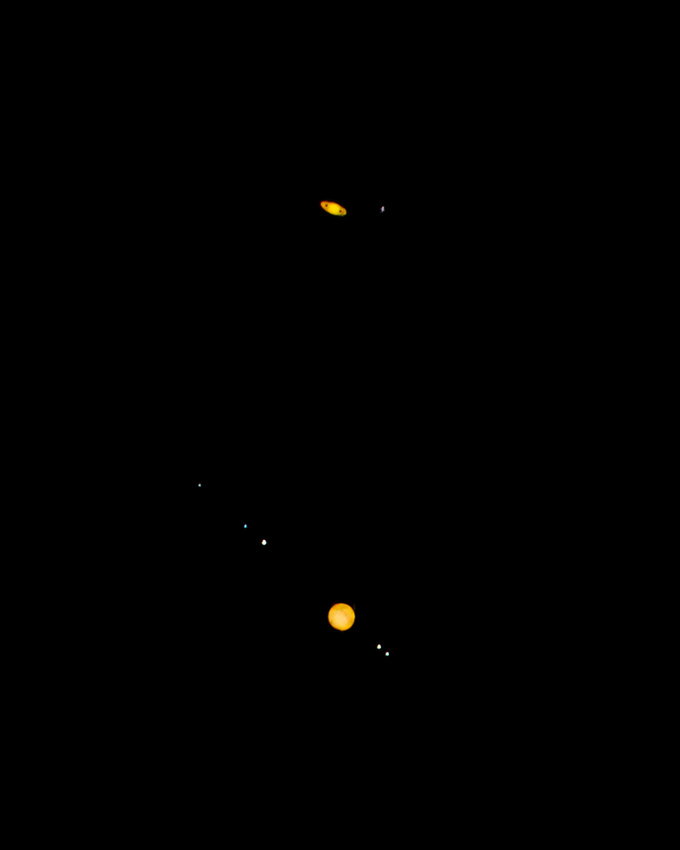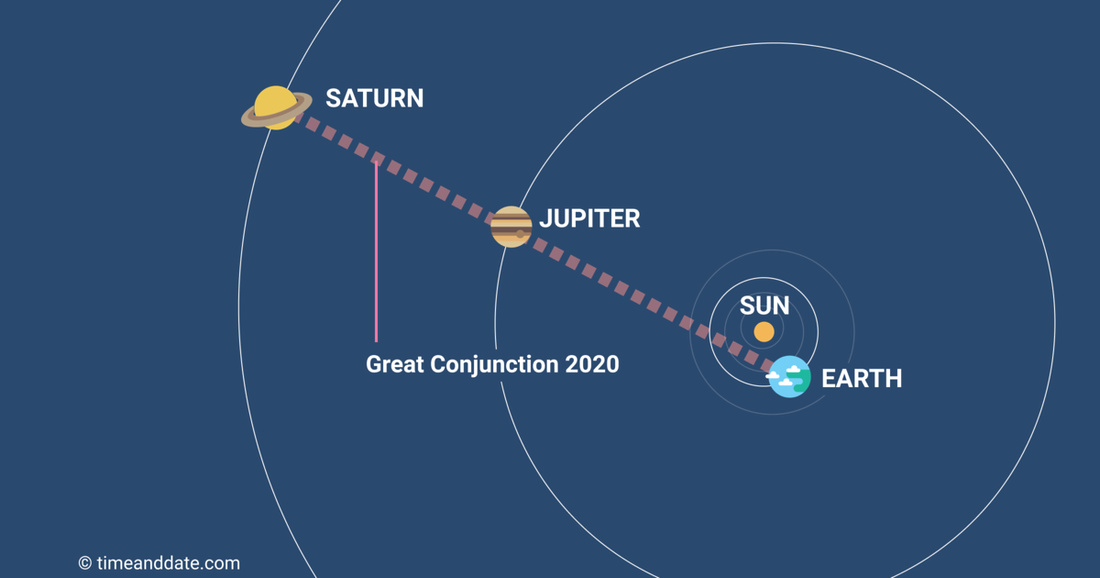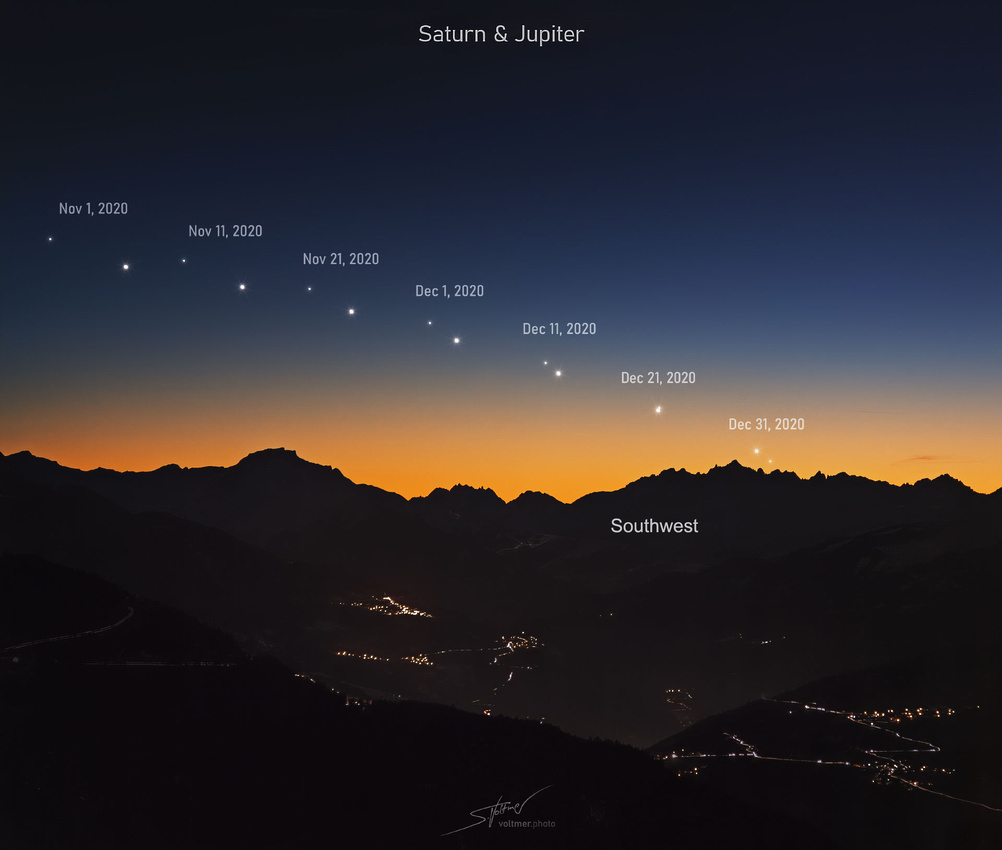Why A Great Conjunction?


A conjunction occurs when two astronomical objects appear close to each other. Conjunctions aren’t rare. It’s common to see the moon, planets and stars close to each other at times in the night sky.


A Great Conjunction is quite uncommon. By definition, a Great Conjunction only occurs when the planets Jupiter and Saturn appear closest together in the sky. This occurs approximately every 20 years when Jupiter "overtakes" Saturn in its orbit. Despite appearing close, they are 456 million miles apart.
Taking a Memory Photo
The Great Conjunction of 2020 occurred December 21. The two planets were only one-tenth of a degree apart (about 1/5 the diameter of the moon). This was the closest, most easily visible conjunction since March 4, 1226.
While drifting apart in the sky, they will remain close for the next few days. If you miss this one, the next observable Great Conjunction is March 15, 2080. So, I’d recommend viewing it now.

 Illustration Credit & Copyright: Sebastian Voltmer
Illustration Credit & Copyright: Sebastian Voltmer
This week’s photo was intended to be a memory. Truly striking photographs of the conjunction are found on places like NASA’s Astronomy Photo of the Day (APOD). Check out APOD: 2020 December 20 - A Volcanic Great Conjunction (nasa.gov).
I set up on the hill in Naperville’s Springbrook Forest Preserve. December 21st was forecast to be overcast, so I went out on the evening of the 20th. I was far from alone; there must have been 50 people waiting in the cold evening twilight for the planets to appear.
Since the earth rotates 15 degrees an hour, photographs of planets and stars can appear streaked. I used a portable star tracker that rotates at the same rate as the earth making for rounder stars and planets.
As I photographed, it became apparent that Jupiter was far brighter than its moons and Saturn. Taking longer exposures allowed more of the moon’s and Saturn’s faint light to register on the camera sensor. I returned home chilled but excited to have seen this celestial event.
The finished photograph used several different exposures blended in Photoshop. I was pleasantly surprised to make out the four Galilean (named after their 1610 discoverer Galileo) moons. From left to right are Europa, Ganymede, Callisto, and Io orbiting Jupiter. The blue object second from the left is a star and not a moon of Jupiter.
The rings of Saturn, also discovered by Galileo, were visible as well. One of Saturn’s moons, Titan, was even visible.
To those of the Christian faith tradition, Merry Christmas.
Chuck Derus